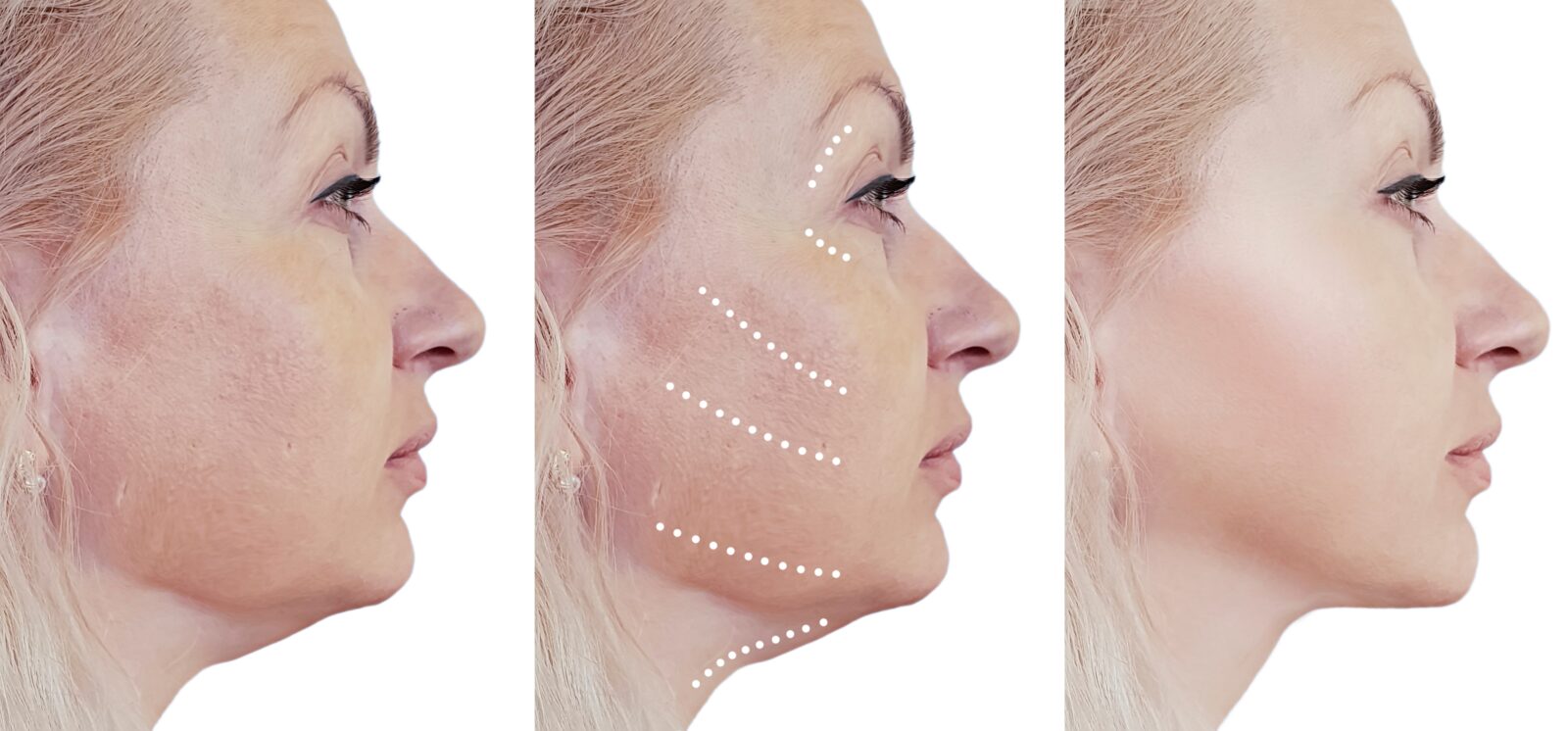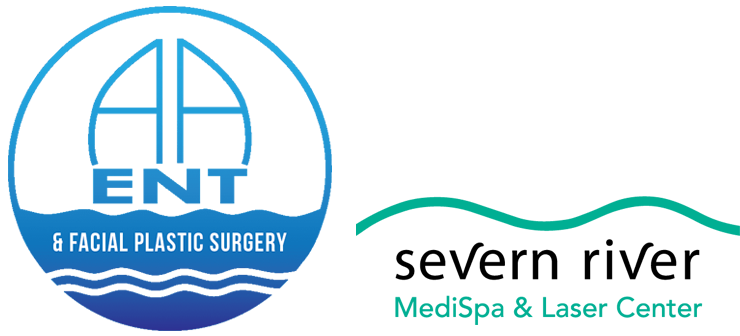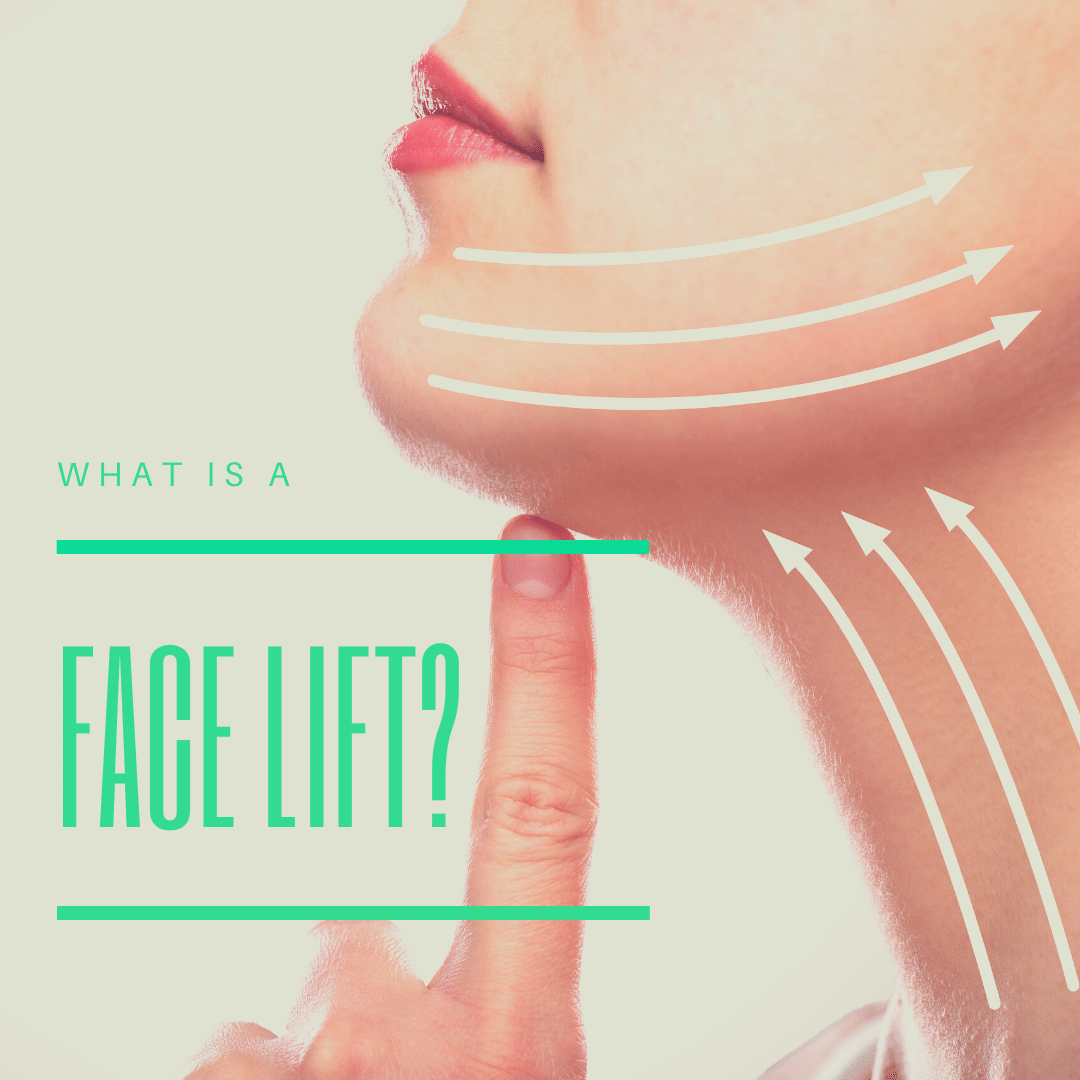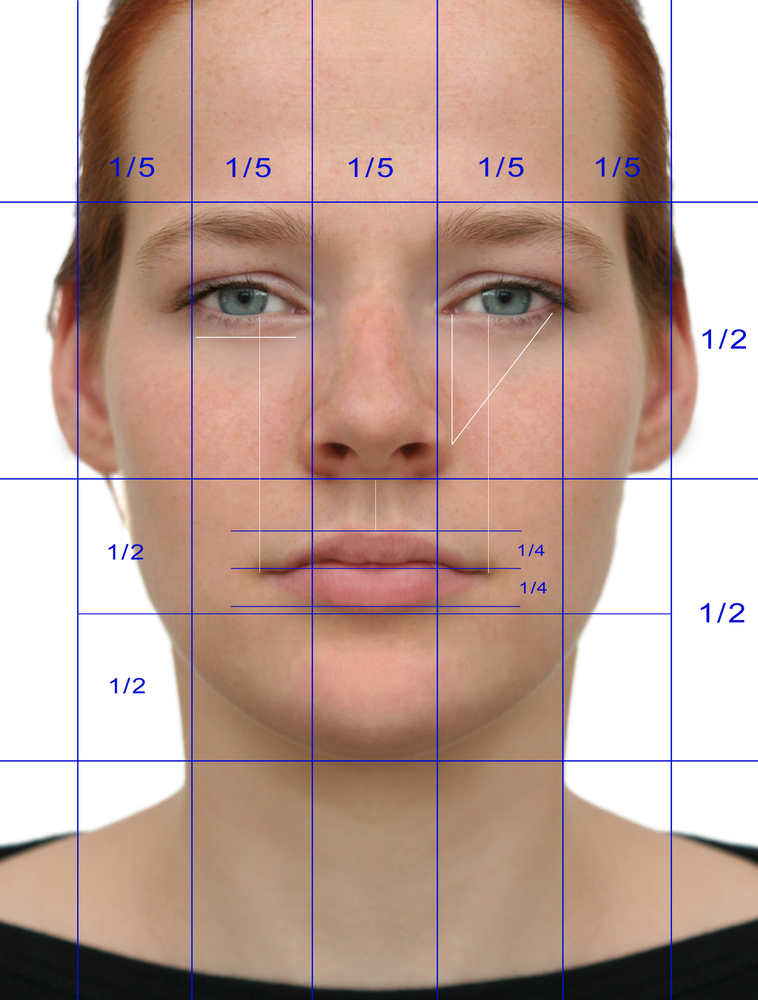If you’re considering a facelift, you’re not alone. Facelifts are one of the most popular cosmetic procedures in the world since they can correct many signs of aging, such as wrinkles, sagging skin, and fat deposits. But, what does a face lift involve and how do you know if you are an ideal candidate for surgery? And how long does it take to recover? In this blog post, we will discuss everything you need to know about facelifts and answer all of your questions!
What is a facelift?
First things first, let’s discuss what a facelift is. A facelift, also known as a rhytidectomy, is a surgical procedure that improves the appearance of the face by removing excess skin and tightening the underlying tissues. The goal of a facelift is to create a more youthful appearance by restoring elasticity to the skin and reducing wrinkles. Out of all the cosmetic treatments available for restoring a youthful appearance, facelifts yield the most dramatic results.
There are different types of facelifts available to address a range of concerns. These include:
- Traditional Face Lift: This type of facelift tightens the skin on your face and neck.
- Mini Face Lift: A mini face lift is a less invasive version of a traditional facelift. It is best suited for patients who have mild to moderate signs of aging.
- Neck Lift: As we age, the skin on our necks can become loose and saggy. A neck lift addresses these concerns by tightening the skin on the neck and removing any excess fat.

A facelift can address many of the visible signs of aging, such as:
- Sagging skin in the middle of your face
- Deep creases below your lower eyelids
- Excess skin and fine wrinkles in your lower eyelid area
- A deep crease along your nose that extends from your nasal tip to the corner of your mouth
- Jowls along your jawline
- Loose skin and deep creases in your neck
- Double chin or lax skin under the chin
In addition to reducing the appearance of wrinkles, a facelift can also improve the appearance of your skin by tightening it and making it look more youthful.
Now that we know what a facelift is and what it can fix, let’s discuss who makes an ideal candidate for surgery. In general, the best candidates for facelifts are non-smokers in good overall health with realistic expectations about what the surgery can achieve. Most patients who undergo facelifts are between 40 and 60 years old, but patients in their 70s and 80s can also benefit from the procedure. Regardless of age, the skin must retain some elasticity in order to obtain the desired results.
What are the steps of a facelift?
The first step of a facelift is to consult with a plastic surgeon to discuss your goals and concerns. A facelift is a major surgery, so it is important to consult with a board-certified plastic surgeon who has experience performing the procedure. Be sure to ask your surgeon about their training, experience, and before-and-after photos of patients they have treated.
During your consultation, your surgeon will examine your face, take pictures, and ask you about your medical history. Be sure to be honest with your surgeon about your health and any medications you are taking, as this will help them determine if you are a good candidate for surgery.
After your consultation, you will schedule a date for your facelift surgery. On the day of surgery, you will check into the hospital or surgical center and be given general anesthesia to keep you asleep during the procedure.
Once you are asleep, your surgeon will make incisions in strategic locations around your face, depending on the type of facelift you are having. The incision for a traditional facelift is generally made along the hairline, while the incisions for a mini-facelift are made behind the ears. The incision for a neck lift is made in front of the ear so that it will wrap around the back of the ear.
Through these incisions, your surgeon will access the underlying tissues and muscles to lift them into a more youthful position. Once the tissues are lifted, your surgeon will remove any excess skin and then close the incisions with stitches or surgical tape.
The entire facelift procedure takes about two to five hours, depending on the extent of surgery. You will likely spend one to two hours in a recovery room before being discharged home to recover.
Recovery and What to Expect

After your facelift, you can expect some bruising, swelling, and discomfort for the first few days. It is also quite common for your surgeon to have you wear a compression garment to minimize swelling and promote proper healing. Your surgeon will prescribe pain medication to help you manage any pain or discomfort.
During the first week of recovery, you will have frequent follow-up appointments with your surgeon to remove any drains that were placed during surgery and to check on your healing progress. You will also be given instructions on how to care for your incisions and when you can resume normal activities. It is important to keep your head elevated and sleep on your back during recovery to minimize swelling. You will also need to avoid strenuous activity until cleared by your surgeon. Most patients take a week off from work to recover.
In most cases, you can expect to see a significant improvement in your appearance after about six weeks, but it can take up to three months for all the swelling to subside and for your results to be final. In rare cases, a second surgery may be needed to obtain the desired results.
In Conclusion
In this blog, we have discussed everything you need to know about facelifts. A facelift is a type of plastic surgery that can provide you with significant improvements in your appearance. Recovery after having a facelift takes time, but many people find the results are usually worth the wait! If you are considering a facelift, be sure to consult with a board-certified plastic surgeon to discuss your goals and expectations, and to see if a facelift is right for you. Thanks for reading!








